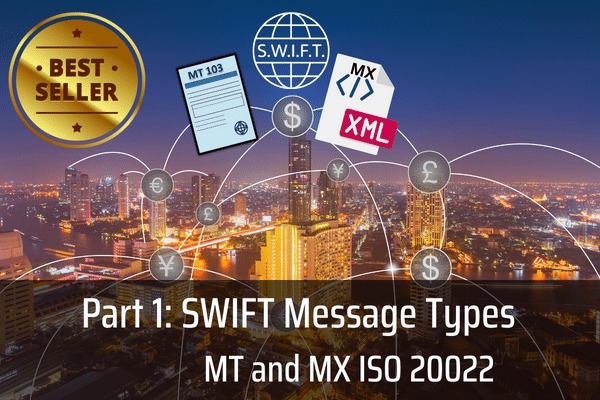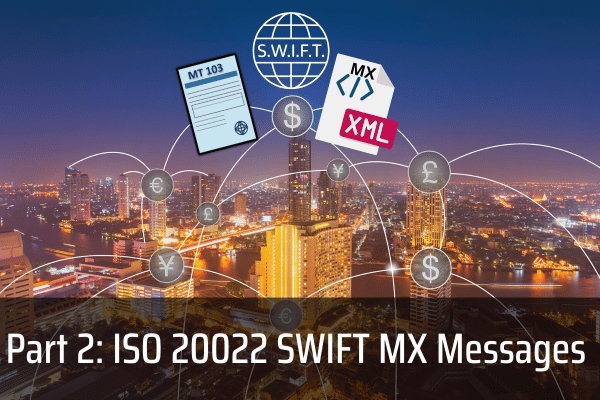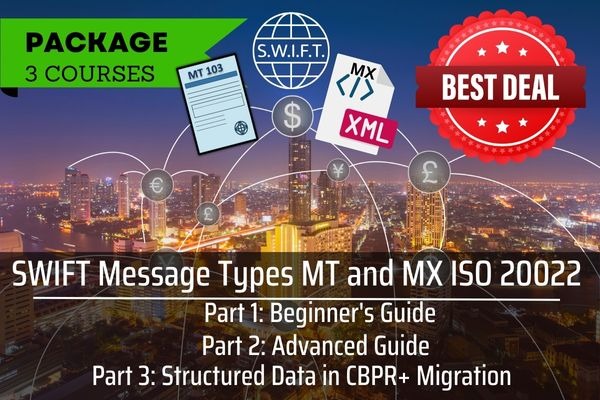There are no items in your cart
Add More
Add More
| Item Details | Price | ||
|---|---|---|---|
In our previous discussions, we learnt that the two messaging types currently in use are the SWIFT MT messages and the SWIFT MX messages. Also, the SWIFT MT messages are gradually getting migrated to SWIFT MX messages.
But why? What is the need for this change of messaging standard? Let’s understand.
The main hindrance of the current MT messages is the rigidity of how the messages are structured. Each message type has a fixed number of fields and the way the messages are structured is very closely coupled with the underlying market/business requirement. You cannot add a new field or alter the structure of a MT message if such a need arises.
Also, the maximum length of MT messages is very limited as MT was conceived in the 1970s when messages were optimised to be small in size, carrying minimal data for the ease of processing by the mainframe computers of that time. These messages are unstructured and text based. This is the key differentiator of MT and MX messages.
The new age MX messages are based on XML or Extensible Markup language. XML looks like this –
<address><number>1</number><street>Short Lane</street><city>London</city></address>
Notice that here there is a separate tag for each information related to a particular data. Here each component of an address like number, street or city is separately identified using tags.
Using such XML, high quality, structured and granular data can be transmitted. What is meant by this? Let’s understand the advantage with an example –

For example, in MX messages on the left-hand side, there is a separate element for capturing each detail of the customer record, so not only there is no information loss but since each information is categorised under each head, if you need to retrieve a specific information, suppose the street name, you can do that instantaneously without any manual intervention thereby making it easy for straight through processing. For your information, to put simply, straight through processing is a way of processing messages where the maximum processing can be automated by systems and requires minimum human intervention.
On the other hand, notice the MT message. Neither the free format nor the structured format serves the above purpose. In the free format, though all the information is present it comes as a continuous unstructured text and thus individual elements cannot be retrieved without human intervention. The structured message tries to capture each detail separately but, in that process, exceeds the maximum character limit and the passport number info gets truncated.
Thus, the main aim of transitioning from MT messaging standard to MX is to be able to transmit quality data between the parties involved in the message transfer. By quality, we mean – structured, granular, non-truncated and flexible data as we just saw.
WANT TO READ MORE?
Already signed up/ logged in? Then you are all set!

Basics of Payments | SWIFT MT/ MX Payment Message Types with examples | SWIFT GPI

CBPR+ Usage Guidelines | XML and Messages Schema | Messages Structure | MX Messages Examples

The Ultimate No-Nonsense Guide to SWIFT MT and ISO 20022 MX Message Types